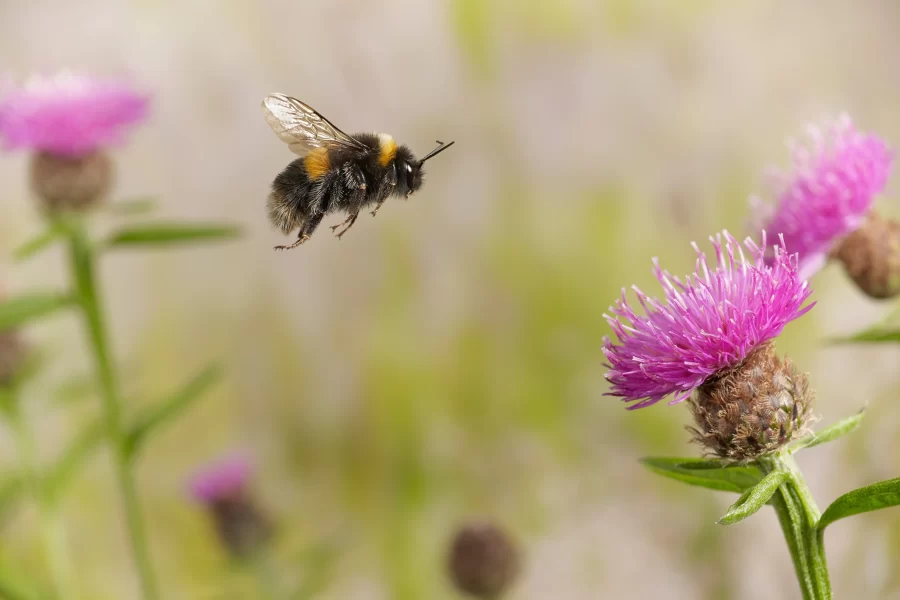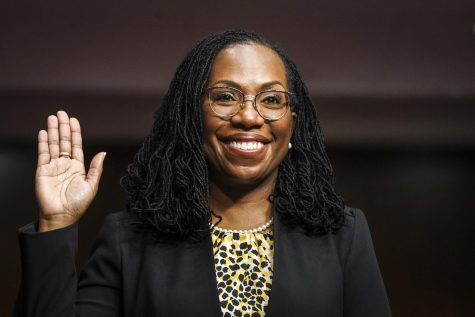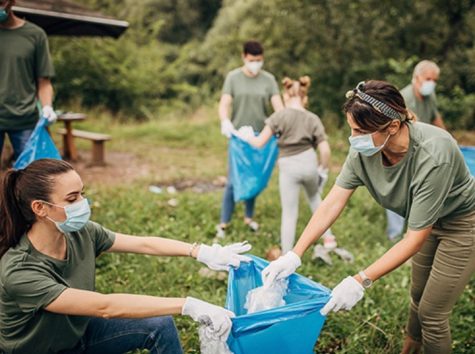Bumble trouble
Despite their importance, bumblebees have completely disappeared in eight different states across America already, leading to their species being placed under the Endangered Species Act and possibly soon in the extinct category. Over the last 20 years, the bumblebee population has decreased by 89% across the U.S, and this decline could have serious consequences. If the bee population goes under federal protection, farmers who harm the insects could face up to $13,000 in fines for each one killed.
“Experts say that Maine, Rhode Island, New Hampshire, Vermont, Idaho, North Dakota, Wyoming, and Oregon each have zero or close to zero American bumblebees left,” Muri Assuncao of the Daily News said.
Intense farming practices are a major cause of this decline, as they alter bee behavior by limiting their ability to harvest nectar and weakening the bees’ immune systems, making them more vulnerable to pests and parasites. Dramatic temperature change also takes a toll on the bee population, with heat making flower seasons shorter. During the winter months, the bees’ bodies shut down when the temperature goes lower than 40 degrees, and they are unable to fly as they do during warmer weather, as their muscles weaken.
“The climate is warming, cooling, and all-around shifting in ways that many insect populations cannot cope with. Seasonal changes disrupt the delicate nesting behavior of bees and can prevent or confuse normal pollination and breeding patterns,” Andrew Krosofsky said in a news article on Green Matters.
There are steps one can take that can help prevent bees from dying off. Planting a bee garden is beneficial, as one of the largest threats to the insects is the lack of a safe habitat for them to build homes and have a variety of food sources. Another way is to go chemical and fertilizer-free when tending to plants and crops, as they are harmful and often poisonous for bees.
“By planting a bee garden, you can create a habitat corridor with plants that are rich in pollen and nectar. You don’t need a ton of space to grow bee-friendly plants — gardens can be established across yards and in window boxes, flowerpots, and planters,” A reporter from The Bee Conservancy said.
Students can take action to save the bees and to learn more ways to protect them here.

Hi! I’m Ally Barnes, I am a junior, and this is my first year on The Talon. I joined the talon because I love writing stories and when I am passionate...











